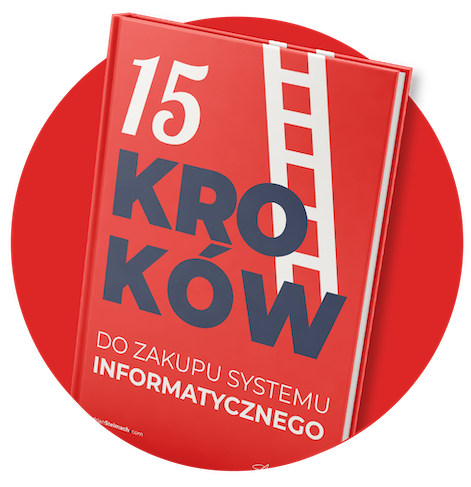
NEWSLETTER
Wpisz swój adres e-mail i zyskaj e-booka
Bez niechcianej poczty ani reklam
Tylko merytoryczne treści z obszaru digitalizacji produkcji

Will there someday come a time when everyone will vote in an election… sitting at home, at a computer or smartphone? E-voting is a topic that raises emotions, hopes and doubts. In many countries, electronic voting has been in operation for years, reducing counting time, lowering costs and increasing turnout.
Today I would like to take a closer look at one country whose example perfectly shows that a fully functional and secure e-voting system is possible to implement. But is Poland ready for such a step? And what obstacles do we have to overcome before clicking “Cast your vote” becomes as natural as dropping a ballot into a ballot box? Answers to these, and other questions about electronic elections can be found in this article.

E-voting (electronic voting) is the process of casting a vote digitally – usually over the Internet. It can be used in general elections, referendums or internal voting, among others. An e-voting system can operate in parallel with traditional voting or replace it entirely.

Estonia has for years been recognized as the world’s most digitized country. It has been consistently implementing e-government systems since 2001, and as early as 2005 it allowed citizens to vote online in general elections.
Aside from three matters that require in-person attendance (marriage, divorce, notarial activities), all other administrative processes – including voting – can be handled digitally in Estonia.
Estonia’s election procedure has some interesting elements:

The Estonian example shows that digital voting is not only a convenience, but also a tangible savings. The absence of costs for printing and transporting ballots, reduced workload for election commissions, accelerated collection of results, faster announcement of results and reduced risk of errors make the system work more efficiently. In addition, e-voting makes it easier for people living abroad, who often have difficult access to polling places in the traditional model, to participate in elections.
According to government figures, Estonia saves the equivalent of… annually by digitizing its administration. 1,400 years of civil servant work! What’s more, surveys show that Estonians trust online voting more than traditional paper voting, considering it less susceptible to manipulation.
Estonia’s experience shows that a digital voting system must be resilient to attacks. A high-profile incident in 2007, when a DDoS attack was launched against the infrastructure there, led to a large investment in security. Today, advanced encryption methods are used, and part of the source code is publicly available, increasing transparency.
2. public confidence
In Poland, the barrier is primarily concern about the anonymity of the vote and the possibility of linking it to the voter’s identity. Estonia has spent years getting citizens accustomed to doing things digitally, which has facilitated the acceptance of i-voting.
3. database integration
The lack of interconnection of state registries in Poland can result in data often having to be entered into several systems separately. Estonia has solved this problem by creating a coherent, integrated infrastructure that enables efficient and secure online voter confirmation.

Get 5 chapters of the book for free!
Join the newsletter and gain access to 40% of the book
“15 Steps to Buying an Information System“.
For electronic voting methods in Poland to work in practice, coordinated action is needed in several important areas:

Estonia’s experience shows that the introduction of e-voting is a multi-year process, requiring both appropriate technology and work on public awareness. Poland could take some key solutions from their model:

Electronic elections are not a futuristic vision, but a viable tool that has been in operation in many countries for years. Estonia proves that modern technology combined with consistent public trust building can change the way we use democracy.
Is Poland ready? Technologically – increasingly so. Socially – we need education, pilots and open debate.
Want to learn more about election technology, the Estonian i-voting system and more ideas for improving voting in Poland? Check out the latest episode of the Digitalizuj.pl videopodcast!
Facts, data, figures and predictions related to the future of e-voting in our country await you there.
How about you – would you cast your vote in an election online? I’d love to talk about the digital future of democracy!
1. what is e-voting?
E-voting is voting conducted over the Internet, in which the voter digitally authenticates himself.
2. is e-voting safe?
Yes – provided modern methods of encryption, auditing and protection against cyber attacks are used.
3. will e-voting replace traditional elections?
At this point, no – most countries still leave the option of paper voting.
4 What are the advantages of e-voting?
Lower costs, faster results, greater accessibility for people living abroad and those with disabilities.
5. when is e-voting likely to appear in Poland?
It is difficult to determine – it requires legal changes, investment in infrastructure and building public trust.